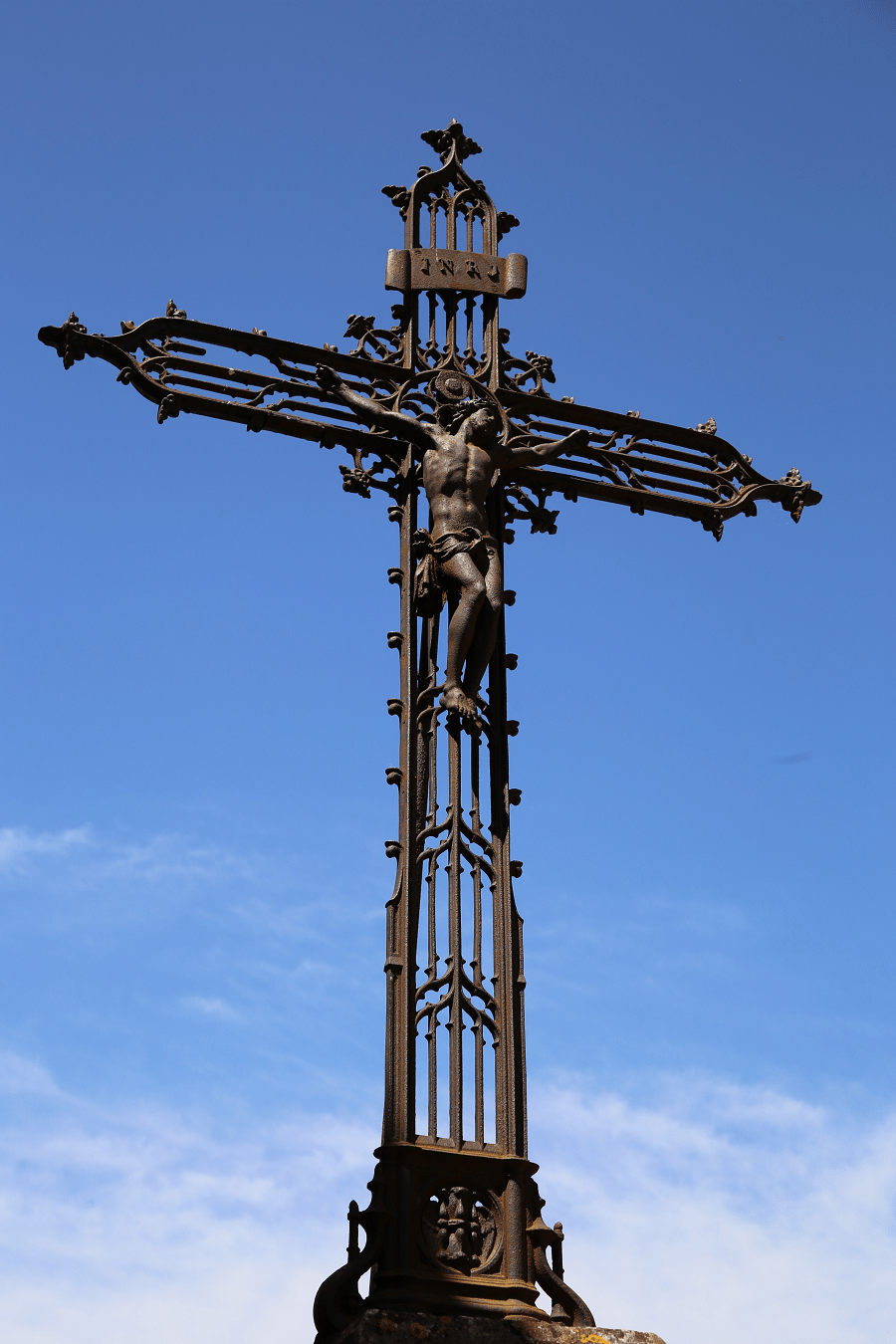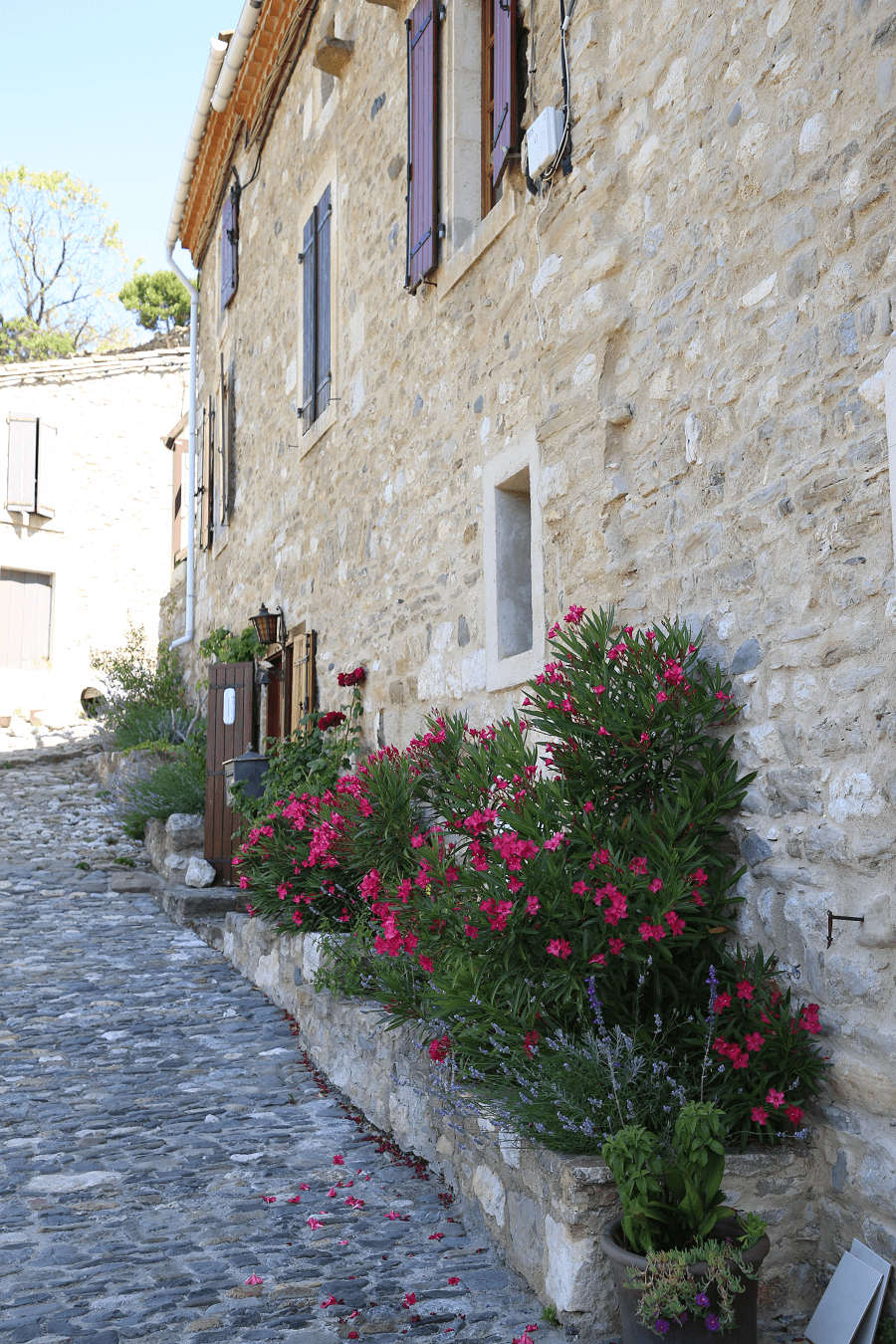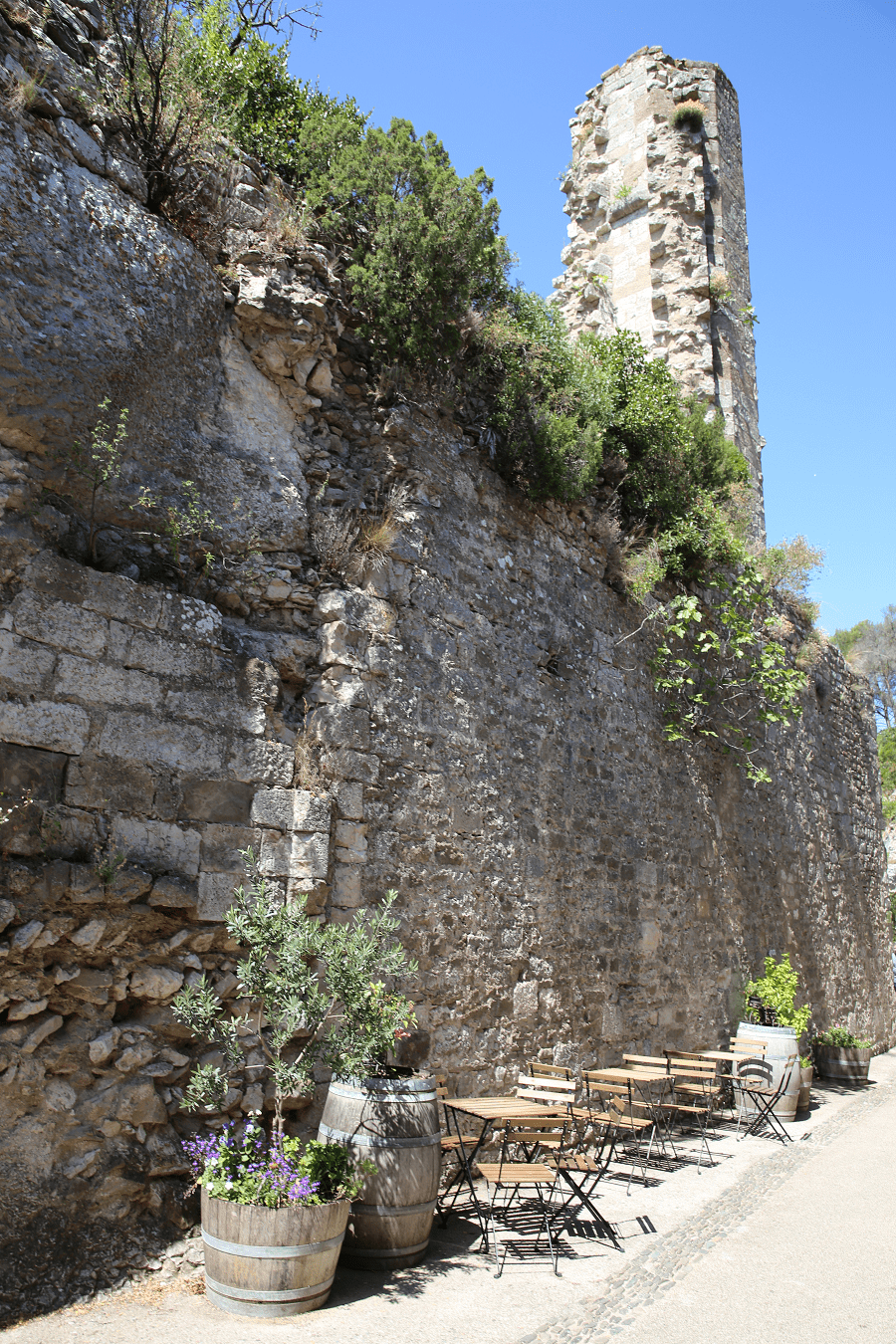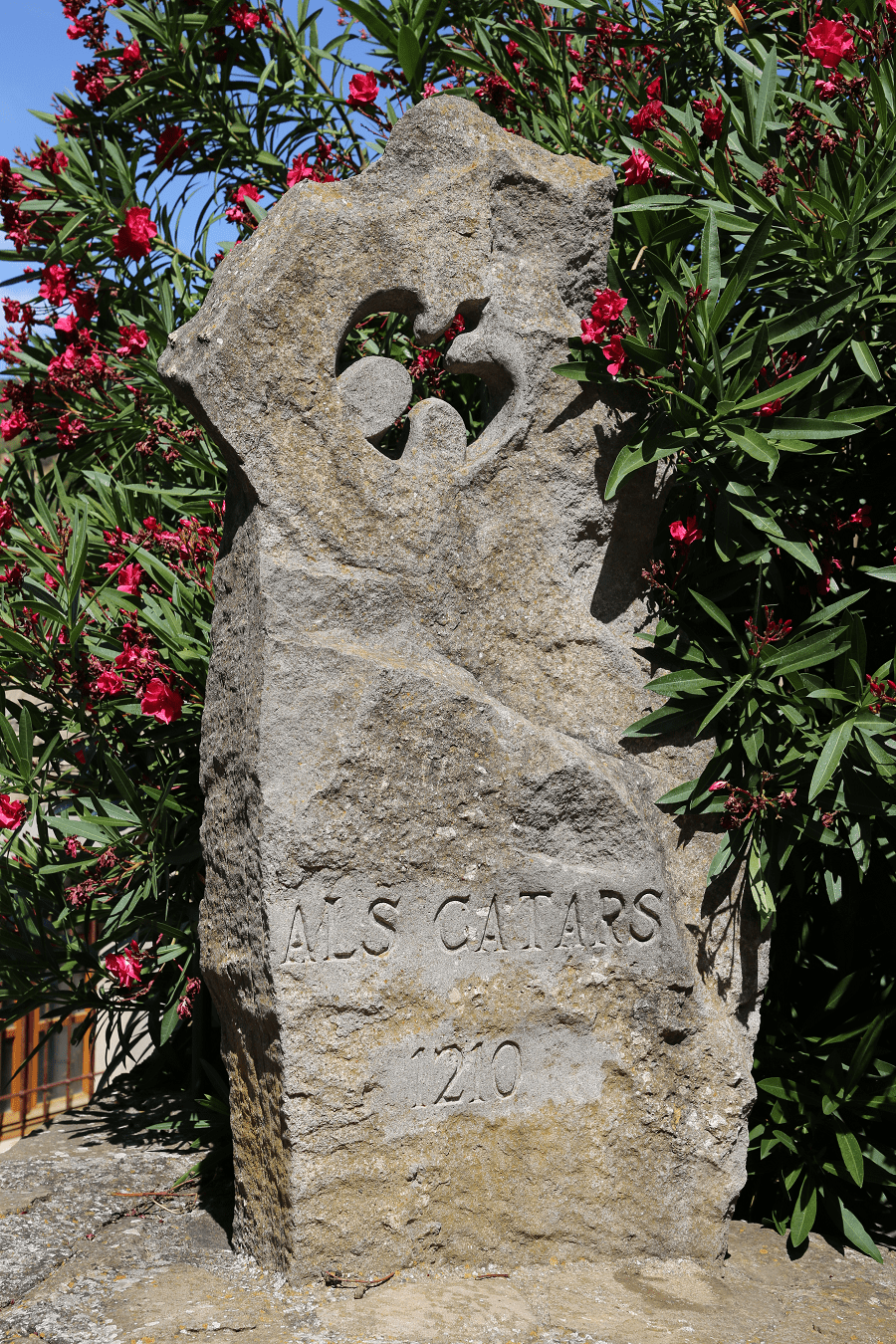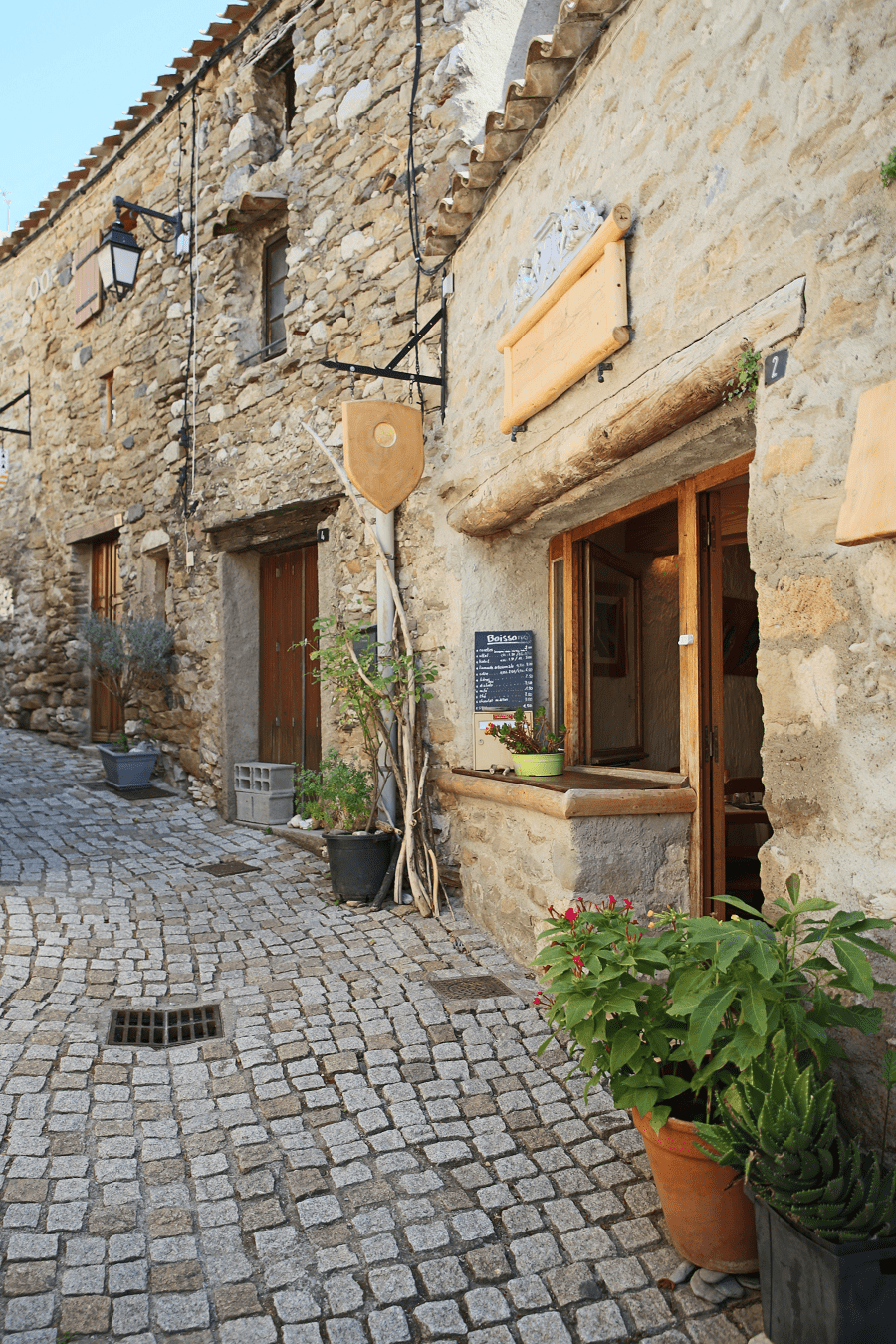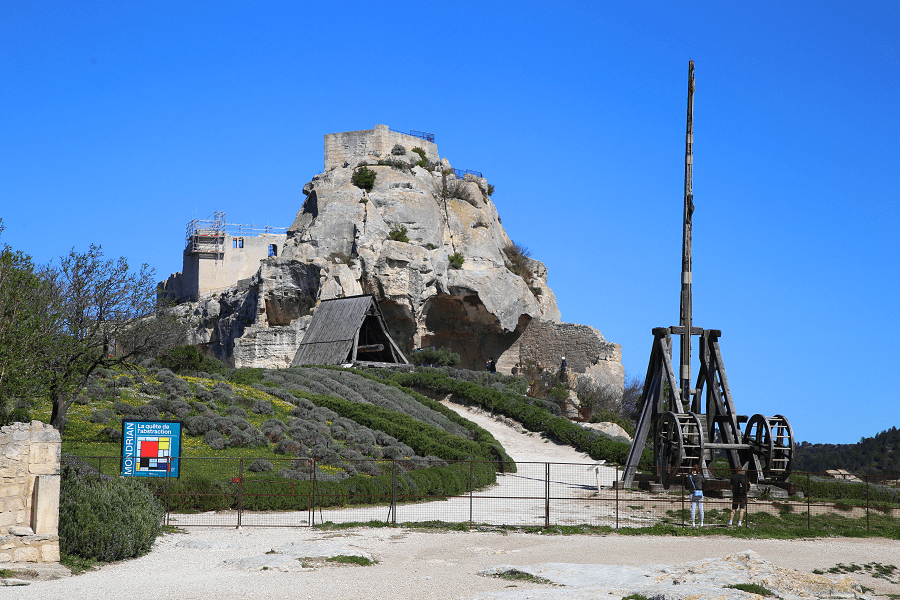Minerve (fr. Minerve, Occitan: Menèrba) is a commune in the Hérault department in the Occitania region in southern France.
Nestled between two canyons covered in Mediterranean garrigue, Minerve is an imposing Cathar medieval city, listed among the most beautiful villages of France (Les Plus Beaux Villages de France).
Built by the Viscounts of Minerve, the village is surrounded by a network of cliffs, natural bridges, vineyards, olive and chestnut trees.
Historically, the village has been the capital of the Minervois wine region. The main bridge leading into the village is closed to all passenger vehicles not owned by residents of Minerve. Of all of the original fortifications, only a slender octagonal tower, known locally as the Candela, survives.
Minerve is accessible via the D10 road, it is located 46 km east of Carcassonne and 33 km west of Narbonne.
Built on a rocky outcrop, a true natural oppidum formed by the canyons of the two rivers which converge at this place: the Cesse and its tributary the Brian. Two natural tunnels, the “Pont Grand”, 228 m long and with a height varying from 6 m to 28 m (at the entrance), and the “Pont Petit”, located upstream of the Cesse, 126 m long and an average height of 15 m, are among the most beautiful geological sites in the Hérault.
Tourism
Since the end of the twentieth century, the massive enthusiasm for the history of the Cathars and green tourism have offered Minerve a new revolution in its history. Hundreds of thousands of tourists visit the city in the summer months, causing significant imbalances.
Main attractions
- The ramparts (restoration in progress in 2019)
- The church of Saint-Etienne from the eleventh and twelfth centuries and its altar
- The so-called “Templar” gate, rue des Martyrs
- The Barbican
- The castle of Minerve
- The candela (castle wall, 13th century) at the bow of the village
- The low door (late 13th) and the prison tower
- The leper colony
- The early 20th century viaduct bridge
- There is also a replica of the catapult known as the Malvoisine, as well as the sculpture of a Dove (by Jean-Luc Séverac, artist from Capestang), a monument commemorating the Cathar victims (1210)
How to get to?
From Paris: 8 hr 30 min (809 km) via A71 and A75
From Toulouse: 1 hr 56 min (143 km) via A61
From Andorra: 3 hr 40 min (269 km) via A61
From Barcelona: 3 hr 25 min (295 km) via AP-7 and A9
From Madrid: 9 hr 10 min (889 km) via A-2
Main information
Area: 27 km2
Population: 99
Coordinates: 43° 21′ 17″ N, 2° 44′ 50″ E
Language: French
Currency: Euro
Visa: Schengen
Time: Central European UTC +1
See here Pyrenees travel guide
See here France travel guide
See here Spain travel guide






